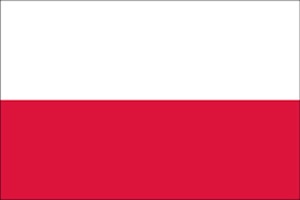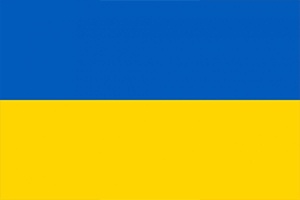An important role in the formation of the Via Regia was played by the military campaigns of the Franks in the direction of the East. In the first half of VI century. the Franks captured the kingdom of Thuringia. Frankish troops followed the same path that the Romans had used centuries ago on their march to the Elbe, stabilizing the “corridor” of the later Via Regia.
But the concept of “Via Regia” has different levels of meaning:
1. Roads under royal protection, called “Via Regia” (“Via Regia”), existed in the Holy Roman Empire of the German Nation during the time of strong royal power, which could really guarantee protection on the roads
2. In some regions of Europe, “Via Regia” appears (mostly historically) as the name of a street that came from the original status of the “Royal Way”, which can be found in current atlases
3. In addition, “Via Regia” is mainly used as a metaphor in science and politics, and “royal way”, “golden path” means the direction for the optimal solution. At a symposium of local Saxon politicians in 2002, the wording “Via Regia – the royal way of Europe” was given, referring to the symbolic significance of the historical road for the process of European integration.
Today, the international network Via Regia uses the potential of the Royal Way as a symbol of European unification. In 2005, the path was marked as the “Grand Cultural Route of the Council of Europe”.(Mayor Cultural Route of the Council of Europe).
The international network “Via Regia – the cultural path of the Council of Europe” was created to continue cultural exchange between European countries and promote their rapprochement. The international focal point of the Via Regia – Cultural Route of the Council of Europe is the European Cultural Information Center in Thuringia (Germany), represented by its director, Caroline Fischer.
Ukraine, with its rich cultural heritage, originality and uniqueness, is an integral part of the ancient cultural path of Via Regia, which creates an inseparable link with the cultural heritage of the European space.
By the way, the section of the Subcarpathian fragment of the Way of St. James, which is 219 km, coincides with Via Regia. The Way of St. James, or the Way to Santiago (Spanish: Camino de Santiago), is a pilgrimage to the tomb of the Apostle James in the Spanish city of Santiago de Compostela, the main part of which runs through northern Spain. Known since the IX century. It is a UNESCO World Heritage Site. Since 1999, Orthodox believers of Ukraine have been making pilgrimages along the Way of Jacob. In October 2013, a new section of the Way of St. James was opened – from Medica on the Polish-Ukrainian border to Przemyśl. The route will lead through the border area, will be connected to the bike path and the path of icons.

Spain*
Member State of the Council of Europe
Member State of the Enlarged Partial Agreement on Cultural Routes since 2011
*A country that does not have members of the Via Regia network, but is on the way

France
Member State of the Council of Europe
Member State of the Enlarged Partial Agreement on Cultural Routes since 2011
Via Regia – Countries with network members

Belgium*
Member State of the Council of Europe
*A country that does not have members of the Via Regia network, but is on the way

Germany
Member State of the Council of Europe
Member State of the Enlarged Partial Agreement on Cultural Routes since 2013.
Via Regia – Countries with network members.
European Coordinator Via Regia is the European Cultural Information Center in Thuringia

Poland
Member State of the Council of Europe
Member State of the Enlarged Partial Agreement on Cultural Routes since 2017.
Via Regia – Countries with network members

Ukraine
Member State of the Council of Europe
Via Regia – Countries with network members. The network Coordinator in Ukraine is public organization «Via Regia Ukraine Association» in Dubno Rivne oblast
Regions/Oblasts included in the network:

Litauen*
Member State of the Council of Europe
Member State of the Enlarged Partial Agreement on Cultural Routes since 2011
*A country that does not have members of the Via Regia network, but is on the way

Republic of Belarus
Non Council of Europe member State
State that has ratified the European Cultural Convention in 1993
Observer with the Enlarged Partial Agreement on Cultural Routes.
Via Regia – Countries with network members